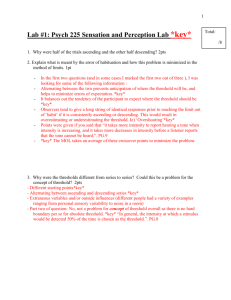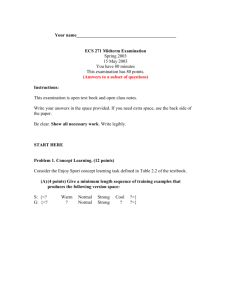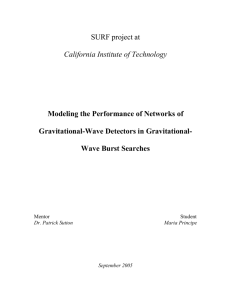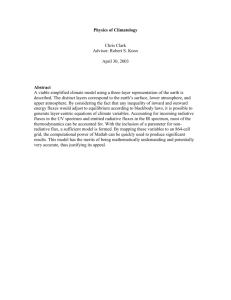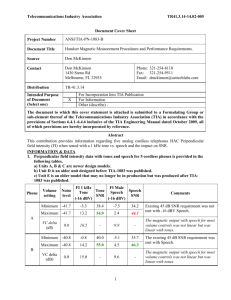grl53344-sup-0001-supinfo
advertisement
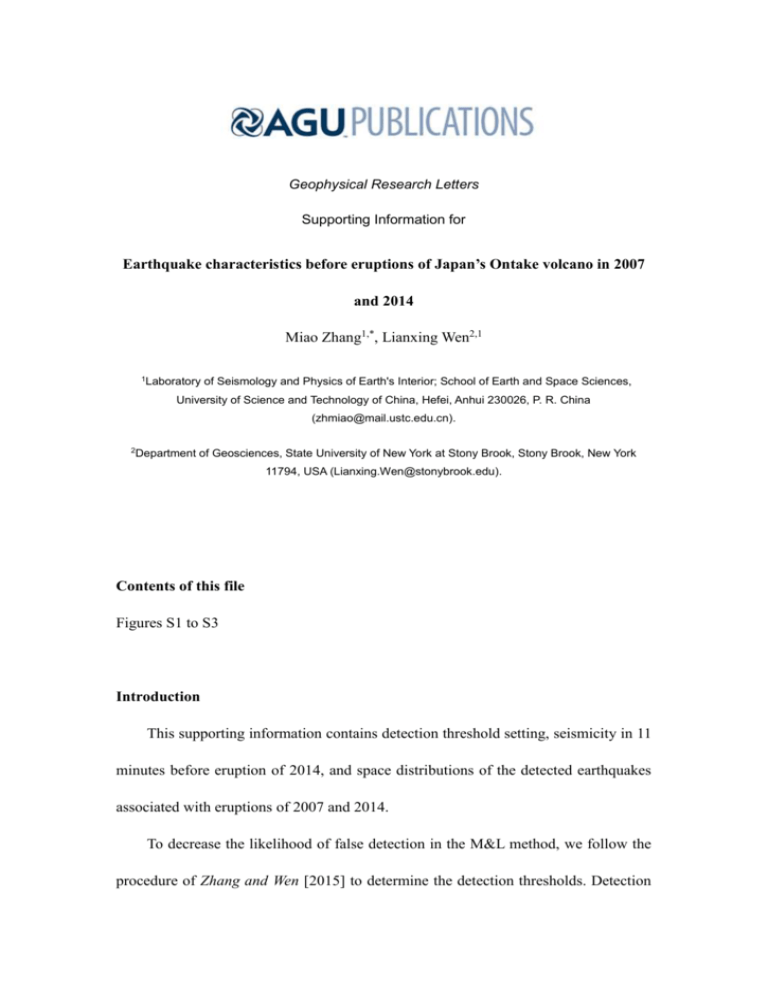
Geophysical Research Letters Supporting Information for Earthquake characteristics before eruptions of Japan’s Ontake volcano in 2007 and 2014 Miao Zhang1,*, Lianxing Wen2,1 1Laboratory of Seismology and Physics of Earth's Interior; School of Earth and Space Sciences, University of Science and Technology of China, Hefei, Anhui 230026, P. R. China (zhmiao@mail.ustc.edu.cn). 2Department of Geosciences, State University of New York at Stony Brook, Stony Brook, New York 11794, USA (Lianxing.Wen@stonybrook.edu). Contents of this file Figures S1 to S3 Introduction This supporting information contains detection threshold setting, seismicity in 11 minutes before eruption of 2014, and space distributions of the detected earthquakes associated with eruptions of 2007 and 2014. To decrease the likelihood of false detection in the M&L method, we follow the procedure of Zhang and Wen [2015] to determine the detection thresholds. Detection threshold would be relied on only the mean correlation-coefficient (CC) when the mean CC value is large, but the threshold would depend on both the mean CC and signalnoise-ratio (SNR) of the stacked correlograms when the mean CC value is small. In the case of small CC values, the SNR threshold would also be changed as a function of the mean CC value (i.e., the smaller mean CC, the larger SNR threshold). To define mean CC and SNR thresholds, we first estimate the background mean CC value from all 206 template self-detections. The left and right background mean CC values of the stacked correlograms are estimated to be 0.036 and 0.041, respectively. Here we use the right background mean CC to determine the detection threshold. Detection criteria are chosen empirically as follows based on the eye-checking of relatively large event detections to avoid possible false detection. When the mean CC value is larger than 8.5 times of the right background mean CC value (0.349), only the mean CC threshold is used. Both mean CC and SNR thresholds are applied when mean CC value is larger than 6.5 times (0.267) and smaller than 8.5 times (0.349) of the right background mean CC. In this case, the weight factor is set to decrease linearly from 1.5 to 0.5 when mean CC increases from 6.5 times of the right background mean CC to 8.5 times (Fig. S3). References Zhang, M., and L. Wen (2015), An effective method for small event detection: match and locate (M&L), Geophys. J. Int. , 200(3), 1523-1537. Figure S1. Seismicity recorded at E component of station NU.NGR1 in 11 minutes before eruption of 2014. The origin time are marked by red dashed lines, and eruption time is labelled by thick blue line. Seismogram is normalized by the largest event (with a magnitude of 0.9). Figure S2. The space distributions of the detected earthquakes associated with eruptions of 2007 (a) and 2014 (b) in three plane views: longitude-latitude plane, latitude-depth plane and longitude-depth plane. It only shows earthquakes occurred from 18 December 2006 to 31 March 2007 and from 31 August 2014 to eruption time of 2014, respectively. Earthquakes are color-coded by the origin time. The summit of Mount Ontake and the main crater of 2014 eruption are marked by black inverted triangle and black star, respectively. Figure S3. (a) Stacked cross-correlograms (grey traces) for all 206 template selfdetections and definitions of the background mean CC values and SNRs. Cl 0 and Cr 0 are defined as the background mean CC values in the time windows on the left and right of the maximum value of the correlograms. The left and right SNRs of the stacked correlogram at a given time t (here t equals to zero) relative to the mean CC values are obtained at times in the left and right vicinities. (b) The left and right SNR coefficients l and r as a function of mean CC value. Here the critical right background mean CC (0.041) is used in the threshold determination. Only mean CC threshold is applied when mean CC is larger than 8.5 times of the right background mean CC, i.e., l and r are zero when mean CC is larger than 0.349. In the SNR threshold setting for the case of lower mean CC values, coefficients l and r increase linearly from 0.5 to 1.5 when mean CC decreases from 0.349 (corresponding to 8.5 times of the right background mean CC) to 0.267 (corresponding to 6.5 times of the right background mean CC).




